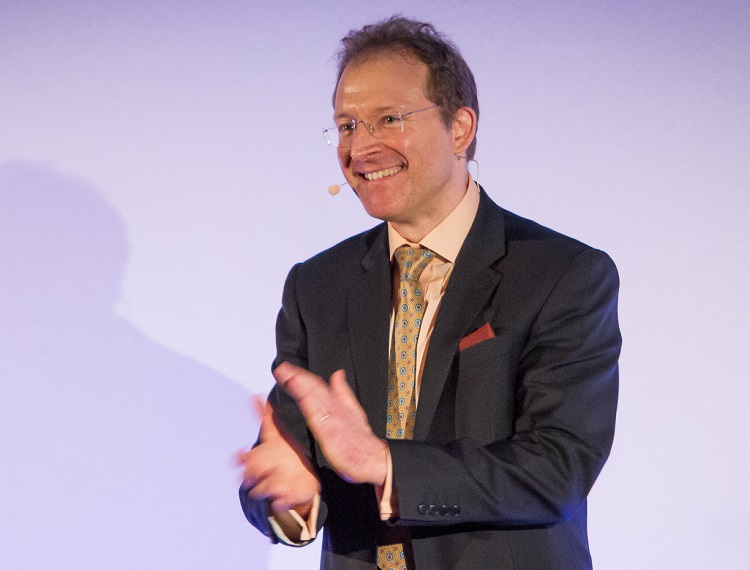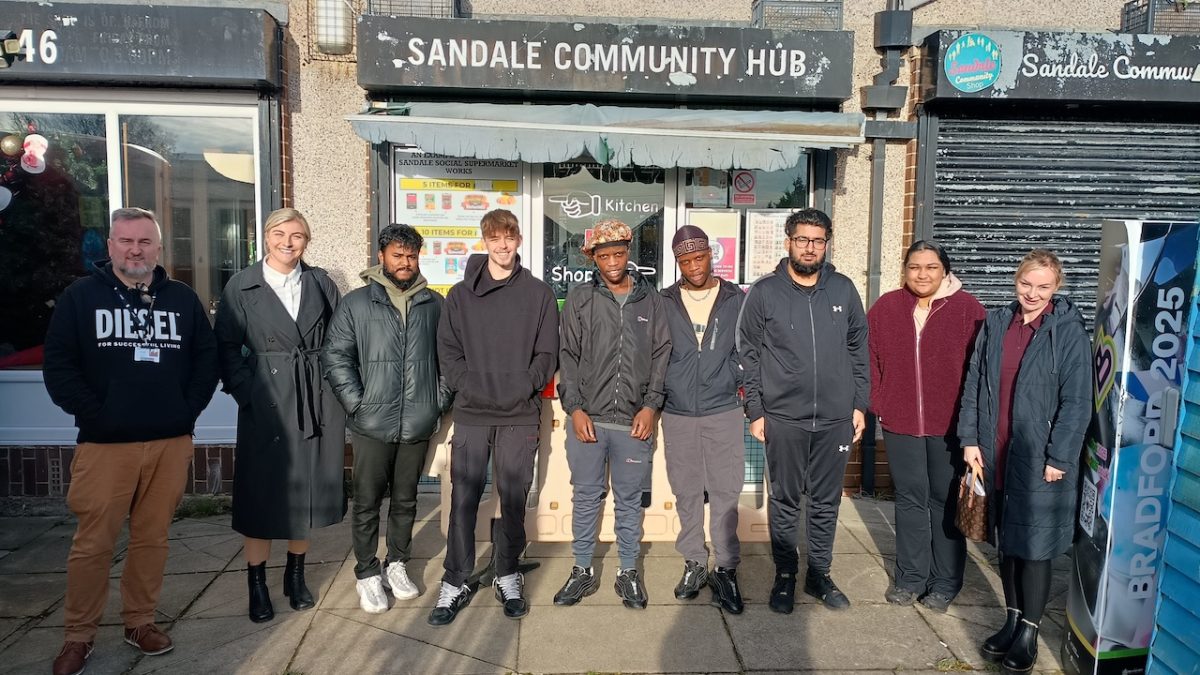Creative Industries can create 300,000 new jobs and generate an extra £28bn for the economy by 2025

#WeAreCreative – Creative Industries Federation and Creative England, have today (21 Jul) published new data showing the impact of the pandemic on the Creative Industries.
Their report “The UK Creative Industries: unleashing the power and potential of creativity” also shows the potential that can be unlocked, with the right investment.
The report was conducted with newly commissioned data from Oxford Economics.
Key findings include:
- Oxford Economics estimates that the Creative Industries could create 300,000 new jobs and generate £132.1 billion in GVA by 2025, if spend and investment is increased by 20% on 2019 levels.
- The impact of greater investment in the Creative Industries is likely to be felt far beyond the sector, with new modelling from Oxford Economics estimating that prior to the pandemic the Creative Industries supported an additional 1.4 million jobs and £62.1 billion in GVA through its UK supply chains.
- The combined economic footprint of the sector is found to have been £178 billion in GVA in 2019, with a total of 3.5 million jobs reliant on the Creative Industries – more than 1 in 10 UK jobs and four times the workforce of the five largest UK supermarkets combined.
- The IT and software sector, which includes video games, was the least impacted by the pandemic.
The report’s findings echoes TIGA “Business Opinion Survey 2020-21” research from January 2021 which found that:
- The UK Video games sector contributes £2.2 billion to UK GDP annually and generates over £900 million in tax revenue.
- The industry workforce comprises 18,279 and the number of jobs indirectly supported by studios stands at 30,781.
- The video games industry is set for even more growth with 72% of respondents to a TIGA survey expecting to increase employment in 2021.
To accompany the report, the Creative UK Group have launched the #WeAreCreative campaign, encouraging creative people and businesses to show their power and potential to MPs and government officials on social media.
TIGA continues to campaign for an increase in Video Games Tax Relief (VGTR) from 25 per cent to 32 per cent to deliver, by 2025:
- 1,485 additional development staff in studios.
- 2,715 additional indirect staff.
- £255 million additional development expenditure.
- £233 million direct and indirect additional estimated tax contributions.
- £565 million additional estimated GDP contribution.
Dr Richard Wilson OBE, TIGA CEO, said:
“The UK’s creative industries are vital to the economy and this CIF report shows the huge contribution the industry makes and the potential it has, with the right investment.
“This research underlines TIGA’s calls for the Government to promote the video games industry over the coming years. The industry provides high-skilled employment in clusters throughout the country and has proven it is relatively resilient to Coronavirus-engendered lockdowns.
“An increase in the rate of VGTR would enhance the appeal of the UK as a centre for games development; encourage investment; promote the development of new IP; boost studio formation and longevity; encourage employment creation; support economic growth across the UK; and enable our industry to secure a larger share of the global market for games production.”
New creative projects will help power London City’s COVID recovery
18th Jul 2021: Five creative schemes designed to help the Square Mile recover from the pandemic have been given the green light today (19 Jul).
Under the plans, businesses and creatives will work together to animate shops, offices and foyers across the City with art, boosting footfall and attracting people back into the Square Mile.
Young people will learn new skills to help them build careers in the creative sector and commercial sites will be redesigned into dynamic workspaces, supporting small, diverse, creative businesses and providing flexible spaces fit for a post-pandemic world.
Prior to the pandemic, the creative industries were growing at more than four times the rate of the UK economy as a whole and contributed £115 billion gross value added (GVA) to the UK economy. Developing the talent pipeline and retaining and strong creative sector is therefore an integral factor for London’s future prosperity.
The City of London Corporation’s Culture, Heritage and Libraries Committee today backed the proposals, which follow recommendations by the Culture and Commerce Taskforce, chaired by Lord Mayor William Russell in partnership with the City of London Corporation and its creative district Culture Mile.
Its Fuelling Creative Renewal report, published this year, set out a blueprint for stronger ties between businesses and the creative sectors to boost London’s economic growth as the UK recovers from the pandemic.
The five projects are:
1. Enhancing the City
This scheme will help fill shops, offices and foyers across the City with art, animating the area, attracting visitors and workers and boosting footfall.
Co-designed by the City Corporation, Culture Mile and a range of cultural and commercial orgainsations, including ArtUltra, Artiq, Linklaters, Brookfield and Dominvs, the partners will work together to showcase London’s creativity and attract people back into the Square Mile.
The programme will include an exhibition trail featuring creative works across the windows and foyers of City shops and offices, showcasing corporate art collections, emerging artists and a series of new commissions.
2. Creative Skills London 2021
Creative Skills Londonwill bring together young people at a five-day workshop in the summer holidays so they can get information about career options and pathways into the creative sector. All participants will be from backgrounds that are underrepresented in the creative industries.
The City of London Corporation and Culture Mile Learning will work with partners including Foundation for Future London and the Trampery, alongside a range of commercial enterprises, to deliver the scheme.
3. Creatives for London
Creatives for Londonwill encourage commissioning organisations across the Square Mile to employ artists and creatives in their built environment project teams.
A series of City of London Corporation projects will be researched to understand the ways in which the skills and expertise of creatives have been drawn upon and the value that this has added to the project. The learning from this will be shared with civic and commercial partners in order to inform good practice more widely across the City.
4. Creative Exchange
The Creative Exchange programme will link businesses and artists together to deliver a wide-ranging skills and knowledge-sharing programme between the creative and commercial sectors.
The project, developed by Culture Mile, is supported by founding partner BloombergL.P to help place creative communities at the centre of economic recovery, with further contributions from organisations across the creative and commercial sectors.
5. Create in the City
Create in the City will help redesign commercial space into creative workspace hubs, supporting small, diverse, creative businesses, and providing flexible spaces fit for a post-pandemic world.
A brokerage model supporting owners, occupiers and employers will be explored to support this approach.
The City Corporation will work with partners including New Diorama Theatre, British Land, BE Offices and The Trampery to model how culture and commerce can work together to establish a series of creative workspace hubs.
Chair of the Culture and Commerce Taskforce, Lord Mayor of London William Russell said:
“I am really excited to see these fantastic collaborations between culture and commerce playing a critical role as the City begins to build back better.
“By working together, businesses and creatives can be a driving force in the Square Mile’s recovery.
“This partnership will help to attract people back to the City as we reopen in new and exciting ways.”
Chair of the City of London Corporation’s Culture, Heritage and Libraries Committee, Wendy Hyde, said:
“The creative sector is deeply rooted in the history and fabric of the City and part of what makes the capital so attractive to visitors, residents and workers.
“As the UK’s fourth largest funder of heritage and cultural activities, we’re supporting the creative sector so that it can play a leading role in London’s reopening.
“Culture is at the heart of the City and helps make it so special.The vibrancy and buzz which make it such an exciting place in which to work and visit is fast returning.”
The five projects will receive incubator funding of £20,000 from the City of London Corporation alongside further investment from partners involved in the schemes.
The Culture & Commerce Taskforce has assembled leading figures from across the capital’s commercial, civic, tech, and creative organisations to find new ways in which London’s culture and business sectors can work together to maintain the city’s competitive advantage as a global creative and commercial hub.
Culture Mile is the City of London’s new cultural district, stretching from Farringdon to Moorgate. Led by the City of London Corporation, with the Barbican, Guildhall School of Music & Drama, London Symphony Orchestra and Museum of London, the five partners are together creating a vibrant, creative area in the north-west corner of the Square Mile.
Prior to the pandemic, the creative industries were one of the fastest growing part of the UK economy.
They are defined by the UK government as “those industries which have their origin in individual creativity, skill and talent and which have a potential for wealth and job creation through the generation and exploitation of intellectual property”.












Responses